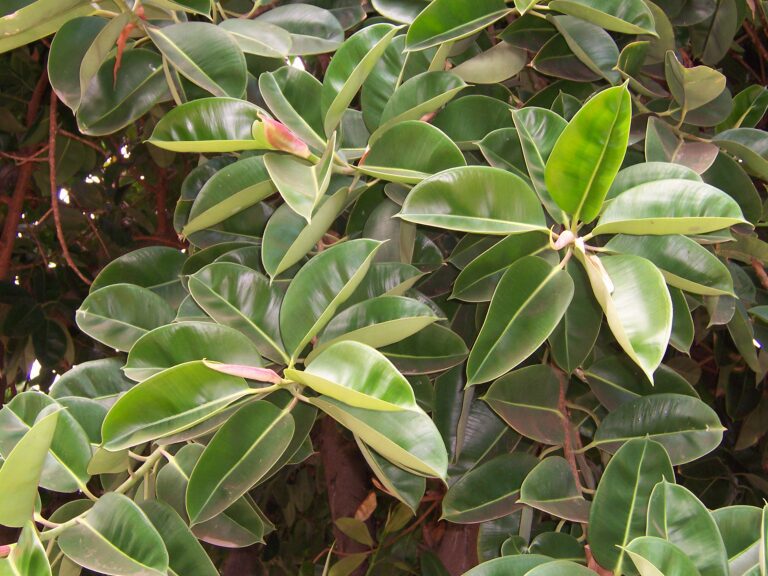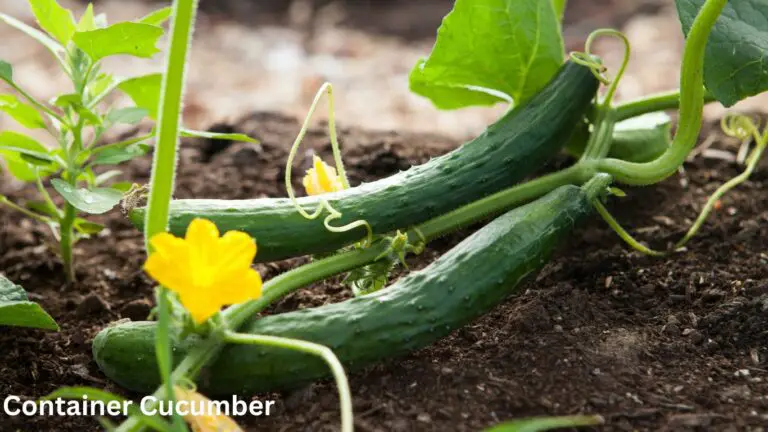Building a Functional Raised Bed on Sloped Terrain
Table of Contents
Managing Erosion and Runoff: Techniques to Prevent Soil Loss on a Slope
One commonly asked question about managing erosion and runoff on a slope is whether planting groundcover can effectively prevent soil loss. The answer is yes, planting groundcover is an excellent technique for reducing erosion and preventing soil loss on slopes. Groundcover plants, such as grasses or low-growing shrubs, help to stabilize the soil by reducing the impact of raindrops and slowing down the flow of water across the slope. These plants also create a network of roots that bind the soil together, making it less susceptible to erosion. Additionally, groundcover plants provide excellent coverage, protecting the bare soil surface from the direct impact of rain and preventing the formation of rills and gullies.
Another common question related to managing erosion and runoff on slopes is whether installing erosion control structures is necessary. The answer to this question depends on the severity and slope of the area in question. In some cases, where the slope is particularly steep or where there is excessive runoff, installing erosion control structures can be beneficial. These structures, such as terraces, retaining walls, or gabion baskets, help to slow down the flow of water and reduce the erosive force it exerts on the soil. By creating level areas or check dams, erosion control structures also help to retain more water on the slope, allowing it to infiltrate into the soil and reducing runoff. However, it is important to note that the installation of erosion control structures may require professional assistance and should be carefully planned and designed to ensure long-term effectiveness.
Here’s a table outlining various techniques for managing erosion and runoff to prevent soil loss on a slope:
| Technique | Description |
|---|---|
| Vegetative Cover | Planting grasses, shrubs, or trees with extensive root systems to stabilize soil, reduce water runoff, and prevent erosion. |
| Terracing | Constructing level platforms (terraces) on a slope to slow down water runoff, decrease the slope gradient, and promote water infiltration, thereby reducing erosion. |
| Contour Plowing | Plowing along the contour lines of the slope to minimize water flow downhill, thereby reducing soil erosion and retaining moisture in the soil. |
| Mulching | Applying organic materials (such as straw, wood chips, or shredded leaves) to the soil surface to protect against water erosion, retain moisture, and improve soil structure. |
| Erosion Control Blankets | Installing erosion control blankets made of natural or synthetic materials to stabilize soil, promote vegetation growth, and reduce runoff velocity. |
| Retaining Walls | Building walls or barriers along the slope to reduce soil movement and retain soil in place, particularly effective for steep slopes or areas prone to erosion. |
| Gabions | Constructing wire mesh baskets filled with rocks or other materials to create retaining structures that stabilize slopes, reduce erosion, and facilitate drainage. |
| Riprap | Placing large, durable rocks or concrete blocks along the slope to absorb and deflect the energy of flowing water, thereby reducing erosion and protecting soil. |
| French Drains | Installing perforated pipes or gravel-filled trenches along the slope to redirect and manage subsurface water flow, reducing soil saturation and erosion. |
| Bioengineering Techniques | Implementing natural materials (such as logs, rocks, and live plants) to stabilize slopes, control erosion, and restore ecological functions, often in combination with other methods. |
| Check Dams | Building low structures across water channels to slow down water flow, trap sediment, and reduce erosion by dissipating energy, particularly effective in gullies or small streams. |
This table provides an overview of various techniques for managing erosion and runoff on slopes, each with a brief description of its application and benefits.


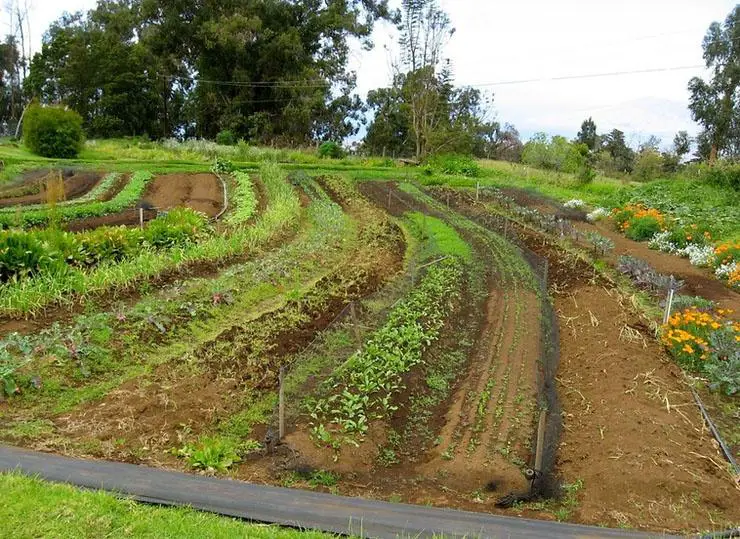
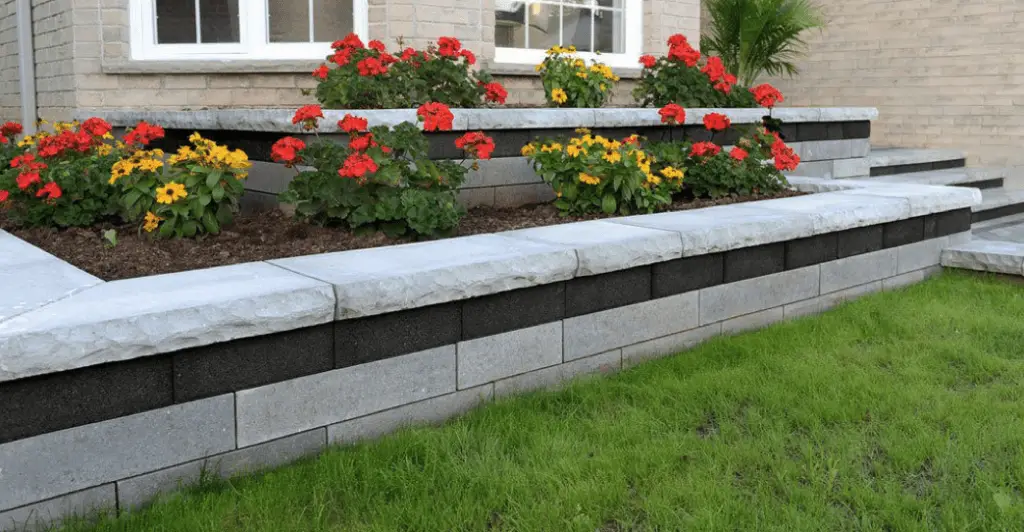
Maintaining and Caring for a Raised Bed on Sloped Terrain
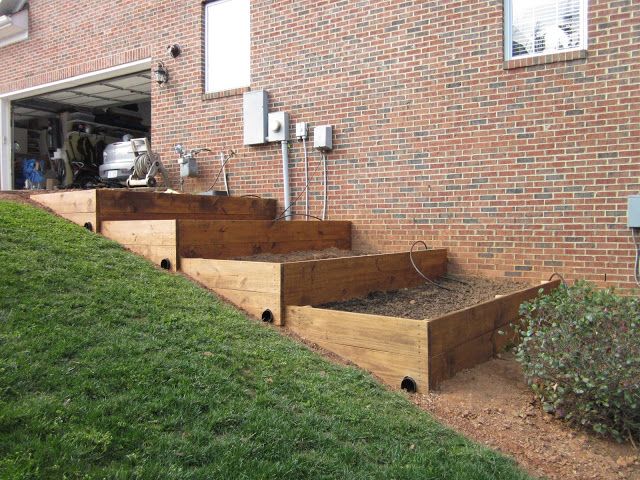
Unique FAQs for Maintaining and Caring for a Raised Bed on Sloped Terrain:
1. Can I use any type of soil for my raised bed on a sloped terrain?
It is recommended to use a well-draining soil mix specifically designed for raised beds. Regular garden soil may not provide adequate drainage, especially on sloped terrain. A good soil mix will typically consist of a combination of garden soil, compost, and organic matter such as peat moss or coconut coir. This will ensure proper moisture retention and prevent waterlogged conditions that can harm the plants.
2. How should I prevent soil erosion in my raised bed on a sloped terrain?
Erosion can be a significant concern on sloped terrain, but there are several methods to combat it in raised beds. One effective approach is to use mulch. Apply a layer of organic mulch, such as straw or wood chips, around your plants to help retain moisture and prevent soil runoff. Additionally, consider incorporating erosion control products like erosion control blankets or jute netting into the soil. These can offer additional stability and prevent soil erosion by holding the soil in place while allowing plant roots to penetrate through.
What is the best way to manage erosion and prevent soil loss on a sloped terrain when maintaining a raised bed?
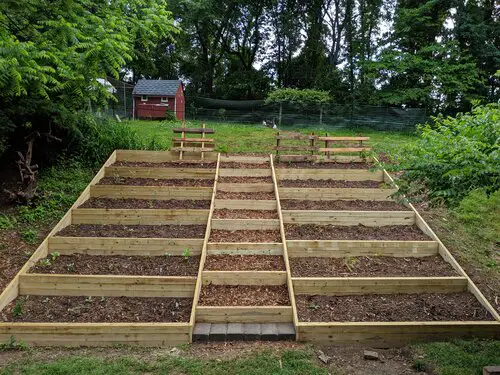
To manage erosion and prevent soil loss on a sloped terrain with a raised bed, techniques such as terracing, retaining walls, and planting vegetation can be employed. Terracing involves creating level areas on the slope by constructing retaining walls or using other materials to create flat surfaces. Retaining walls can help hold the soil in place and prevent it from washing away. Planting vegetation, such as ground cover plants or grass, can help stabilize the soil and reduce erosion by absorbing water and holding the soil in place with their root systems.
Certainly! Below is an example of how you could structure a table outlining the best practices for managing erosion and preventing soil loss on sloped terrain:
| Practice | Description |
|---|---|
| Vegetative cover | Planting grasses, shrubs, trees, or other vegetation to create root systems that stabilize soil and reduce water runoff. |
| Terracing | Creating level platforms (terraces) on a slope to slow down water runoff and allow for better absorption, reducing erosion. |
| Contour plowing | Plowing along the contour lines of the slope to minimize water flow downhill, reducing erosion and retaining soil moisture. |
| Mulching | Applying organic materials (such as straw, wood chips, or shredded leaves) to the soil surface to reduce erosion by protecting against water and wind. |
| Erosion control blankets | Installing erosion control blankets made of natural or synthetic materials to stabilize soil, promote vegetation growth, and reduce runoff. |
| Bioengineering techniques | Using natural materials like rocks, logs, and live plants to construct barriers and stabilize slopes, reducing erosion and enhancing ecological functions. |
| Drainage management | Installing drainage features such as ditches, swales, or French drains to redirect water flow and prevent soil saturation, reducing erosion risk. |
| Silt fencing | Installing silt fences along the contour lines of a slope to trap sediment and prevent it from being washed away by runoff. |
| Gabions | Constructing wire mesh baskets filled with rocks or other materials to create retaining walls or check dams that stabilize slopes and reduce erosion. |
| Soil stabilization techniques | Using additives like polymers or chemical binders to improve soil structure and cohesion, reducing erosion and increasing soil stability. |
This table provides an overview of various methods for managing erosion and preventing soil loss on sloped terrain, each with a brief description of its application and benefits.
How frequently should I check for erosion and soil loss on my raised bed?
It is recommended to regularly inspect your raised bed for signs of erosion and soil loss, especially after heavy rain or storms. Depending on the slope and weather conditions, checking every couple of weeks or after significant rainfall events should be sufficient. By regularly monitoring your raised bed, you can identify erosion or soil loss early on and take necessary actions to prevent further damage.
Can I use mulch to prevent soil erosion on my raised bed?
Yes, mulch can be an effective method to prevent soil erosion on a raised bed. Applying a layer of organic mulch, such as wood chips or straw, helps to protect the soil from the impact of raindrops, reduces surface runoff, and promotes water infiltration. Mulch also aids in retaining moisture, regulates soil temperature, and suppresses weed growth. Make sure to replenish the mulch periodically to maintain its effectiveness.
Are there any specific plants that are suitable for planting on a sloped raised bed to prevent erosion?
Yes, there are several plant options that are suitable for planting on a sloped raised bed to prevent erosion. Ground cover plants, such as creeping thyme, creeping juniper, or creeping phlox, are excellent choices as they spread quickly and form a dense mat that helps stabilize the soil. Additionally, grasses with strong root systems, like fescue or buffalo grass, can also be effective in preventing erosion on slopes.
How can I ensure proper drainage in a raised bed on sloped terrain?
Proper drainage is essential for a raised bed on sloped terrain to prevent waterlogging and excessive runoff. To ensure good drainage, it is recommended to construct the raised bed with a slight slope or angle to allow water to flow away from the bed. Additionally, incorporating drainage holes or pipes at the bottom of the bed can help facilitate water drainage. Using well-draining soil mix and avoiding overwatering also contribute to maintaining proper drainage in the raised bed.


